The library at my school has recently been renamed the Resource Centre. The primary function of this space is to provide resources to support student learning. The rebranding of the Recourse Centre included a major transformation. Creating a space more conducive to collective learning. The transformation seemed revolutionary…or so I thought.
I always considered libraries a space dedicated to expanding cognitive enlightenment with countless resources. As the digital age carries multiple access points for instantaneous knowledge, literally at our fingertips- what is the function of a library today and in the future?
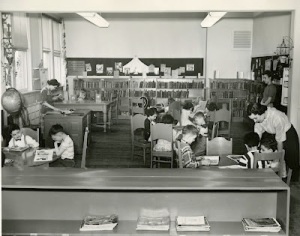
gremsdoolittlelibrary.blogspot.com.au/2012_04_01_archive.html
Beth Holland’s 21st Century Libraries – The Learning Common (2015), outlines a progressive functionality for the library space in the 21st century. A common learning hub that combines the tradition and the digital. She acknowledges for libraries to be relevant they should be a space that encourages participatory learning and provides resources for a co-constructive understanding. Libraries should not only be the place for learning but creating.
Sandlian Smith (2013) tells a moving story of a young homeless boy who utilised the space at her library to script and perform a puppet show for the local children. Sandlian Smith, (2013) suggests libraries should be the space of dreaming. Some London libraries have rebranded the space, Idea Stores. Inspired by the concept of collective creative thinking and learning. Hubs of information that are community centred.
This TedX talk by Judith St. John unpacks the concepts used in the Idea Store.
The word that stands out for me here is COMMUNITY. Providing a hub that encourages local clientele, participatory learning and creative, collaborative thinking. Similar to the concept of a café. Steven Johnson explains the space for creative thinking that birthed the Age of Enlightenment was the english Coffee House. The sense of community and hum of collaboration bore ‘Eureka’ moments.
This concept from Paul Hamilton gives a number of creative ideas for a Leaning Common.
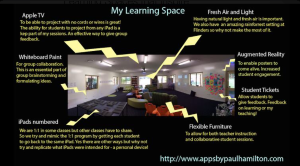
http://www.appsbypaulhamilton.com
The integration of technology, reading space, whiteboard paint for brainstorming, as well as, barrier free (glass walls) to encourage collaborative work between students and teachers. The inclusion coffee bars creates the aesthetic of the English Coffee House and the ‘Eureka’ effect.
The library is a necessary part of education. Rethinking the resources and space will allow for communities of learners to engage innovative ideas. Derby,(2011) highlights for youth today creativity is with them 24/7, on their mobile device. Understanding these concepts and providing for creative thinking is perhaps, the direction the library spaces needs to head.
References:
Derby, Bruce. Creativity in my pocket: No ‘I’ puns here [online]. English in Australia, Vol. 46, No. 3, 2011: 98-100. Availability:<http://search.informit.com.au.ezp01.library.qut.edu.au/documentSummary;dn=123358511934294;res=IELHSS> ISSN: 0155-2147. [cited 05 Oct 15].
Holland, B. (2015). 21st Century Libraries: The Learning Commons. Edutopia. Jan 14, 2015. [online] Accessed, 04/10/2015.
Johnson, S. (2010). Steven Johnson: Where do good ideas come from. TedGlobal 2010. [online] Accessed 04/10/2015.
Sandlian Smith, P. (2013) What to Expect from Libraries of the 21st Century Pam Sandlian Smith at TedX: Mile High. TedXMileHigh.
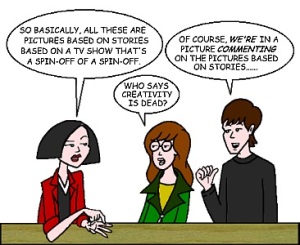
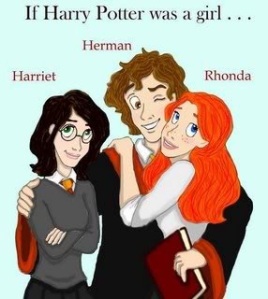
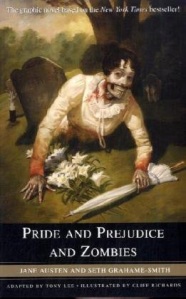
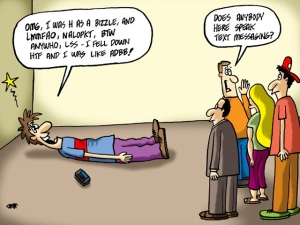

Recent Comments